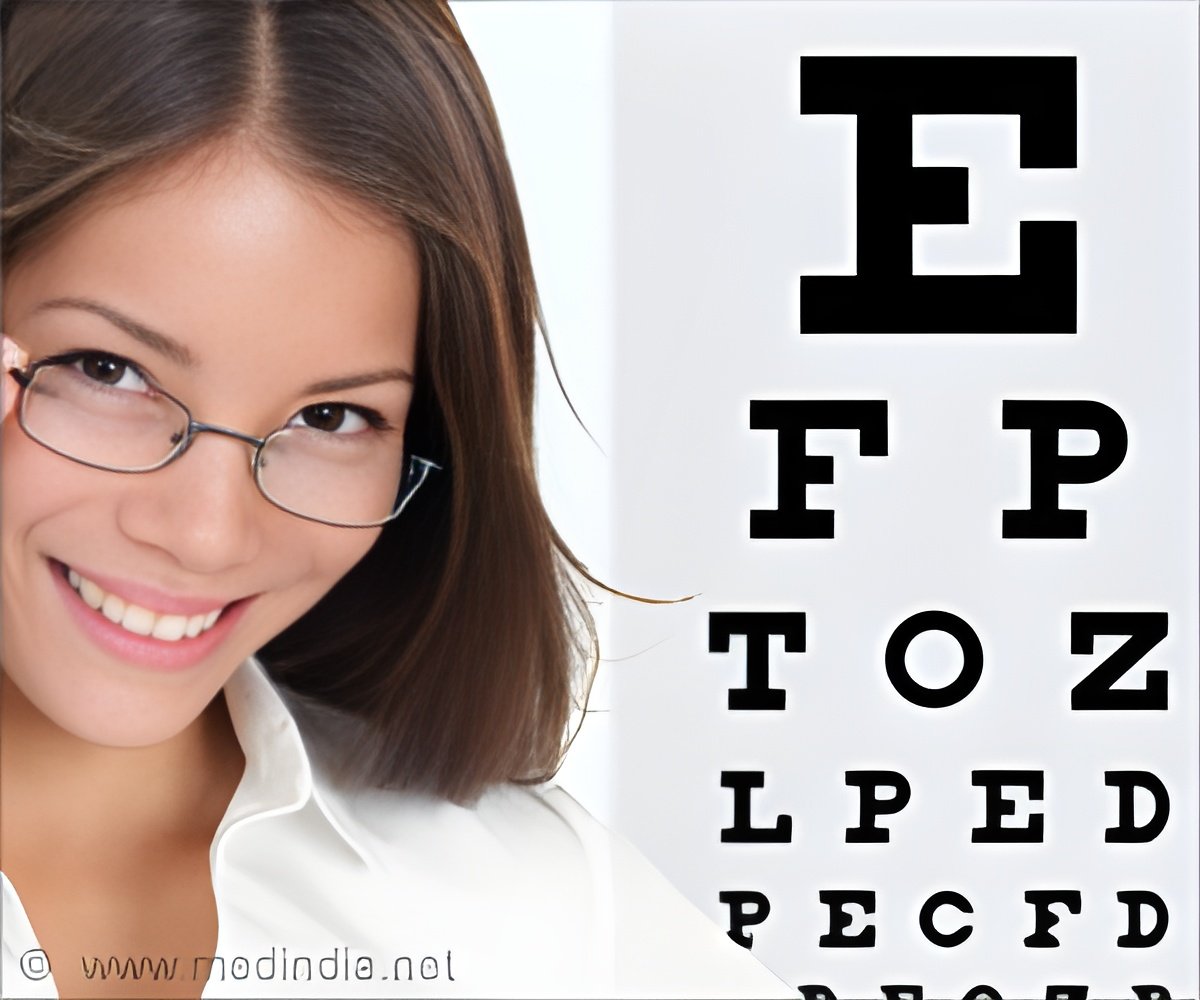The research on myopia has revived an old theory that school children who spend more time outdoors have lower levels of myopia.
Myopia, or nearsightedness, is the most common refractive error of the eye, and it has become more prevalent in recent years. It is a vision condition in which close objects are seen clearly, but objects farther away appear blurred. Children’s education is known to have a far greater impact on their sight than genetic factors. A century-old belief that high daylight levels in schools could prevent myopia may be true even today. The research on myopia has also revived an old theory that school children who spend more time outdoors have lower levels of myopia.
Researchers compared the history of school myopia with the bone disease rickets. Richard Hobday, study author and an independent researcher, said, "Myopia, like rickets, is a seasonal condition which seems to get worse in the winter. However, unlike rickets, low ambient light levels rather than low vitamin D levels seem to be the deciding factor in myopia. It has not been investigated properly since the connection was first made in the 1860s. But, given the rapid increase in myopia among school children worldwide, this should be revisited."
The study is published in
Perspectives in Public Health.
Source-Medindia
